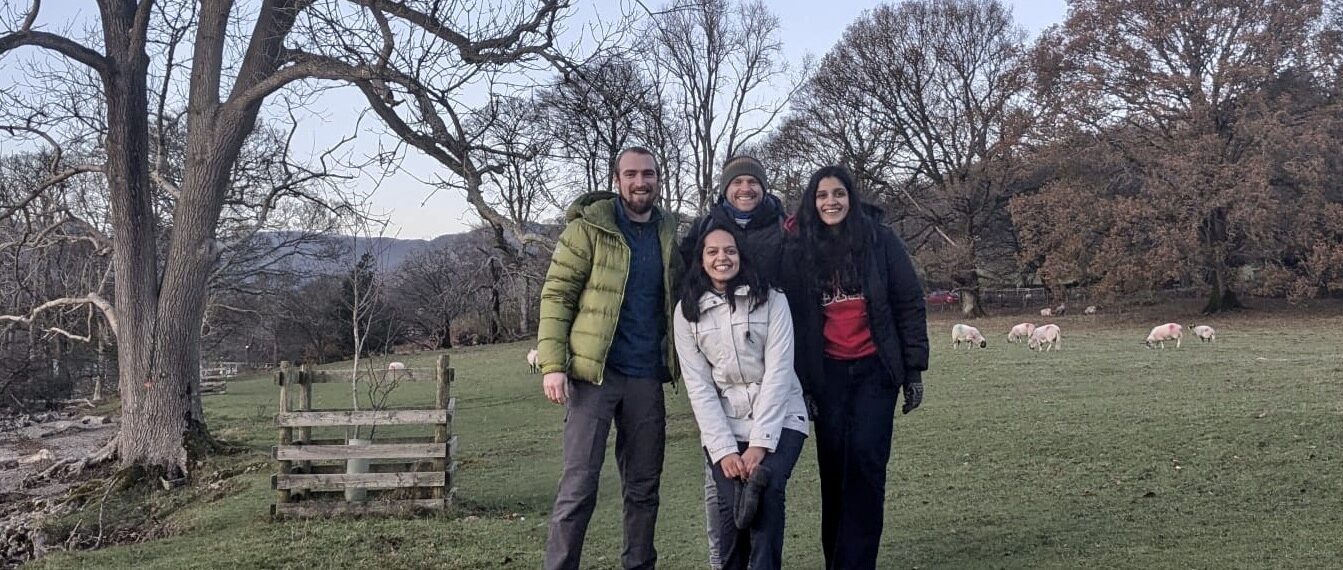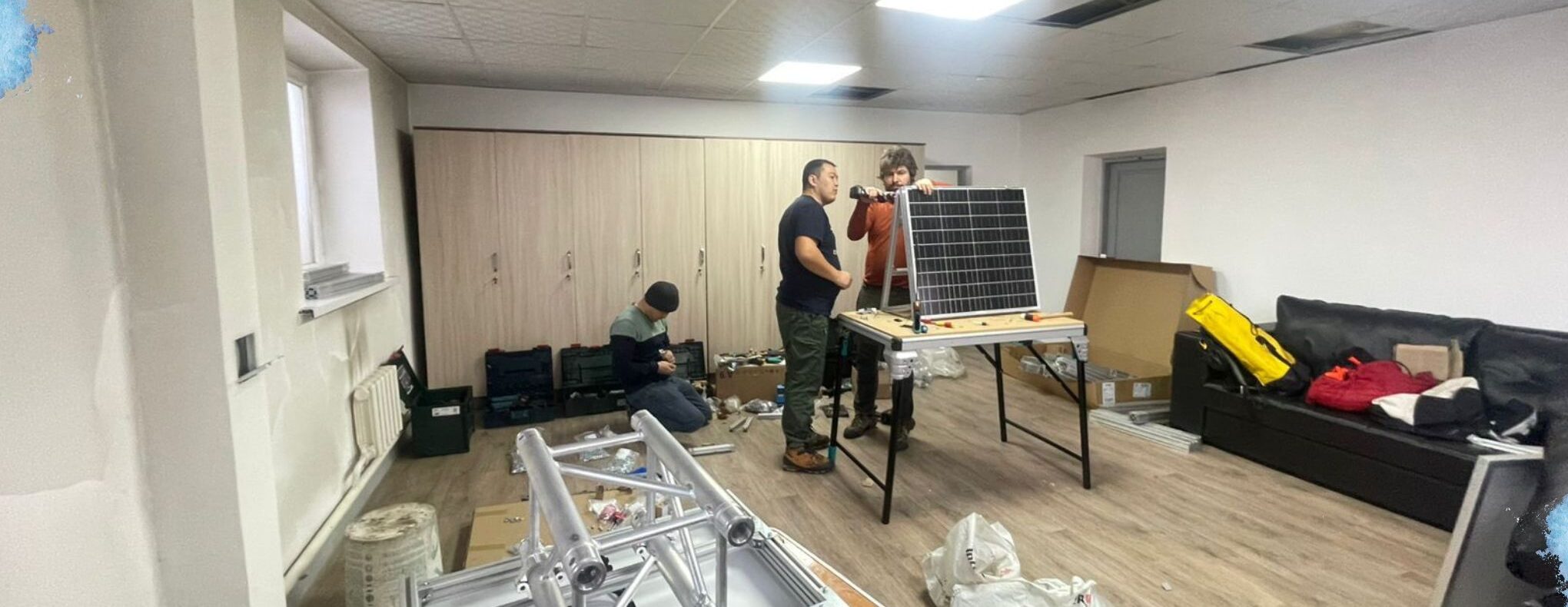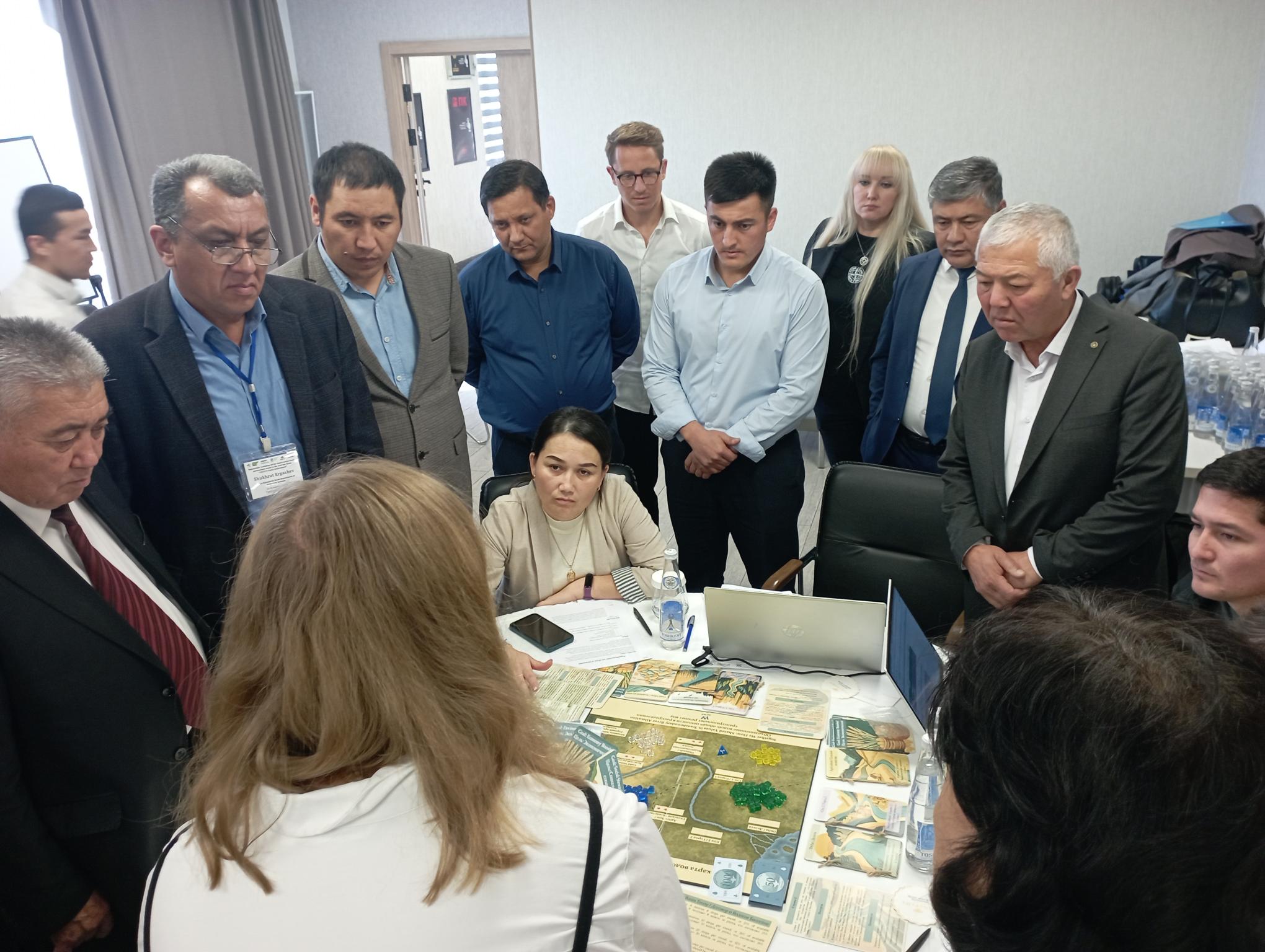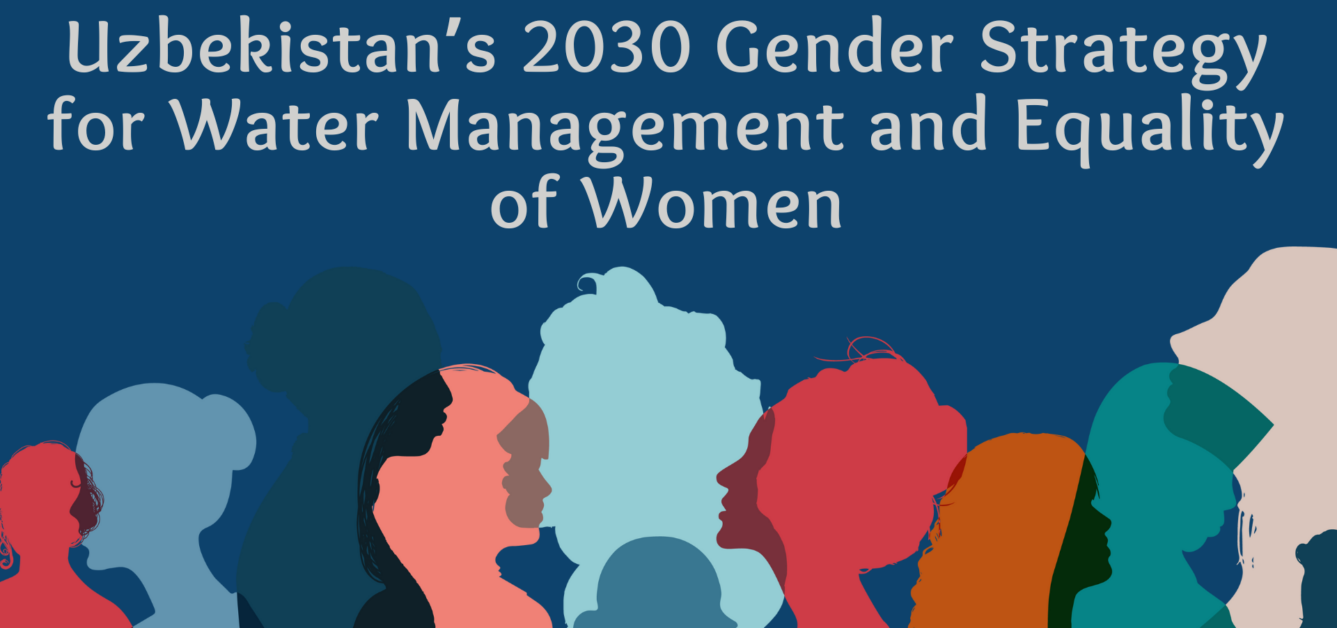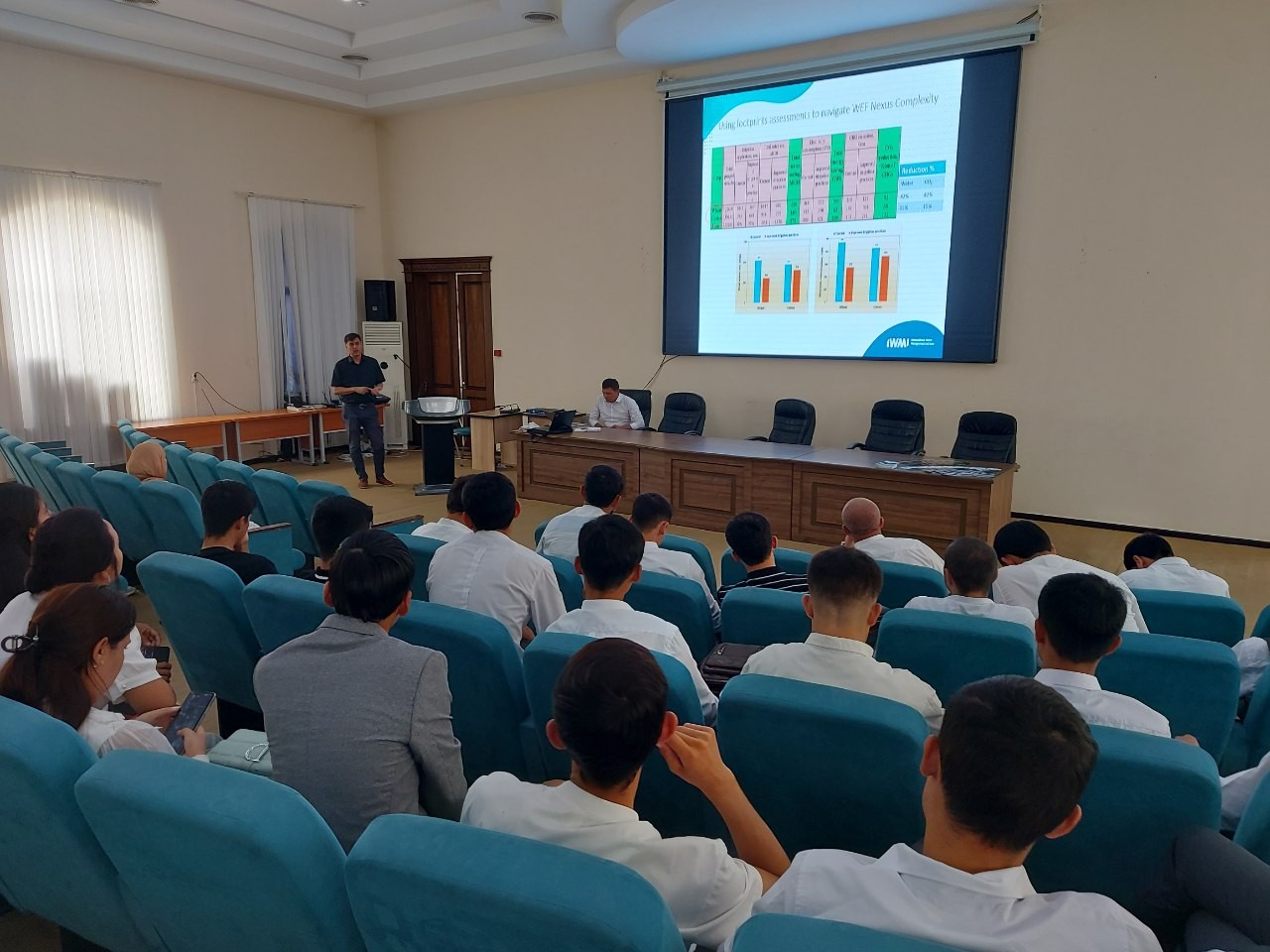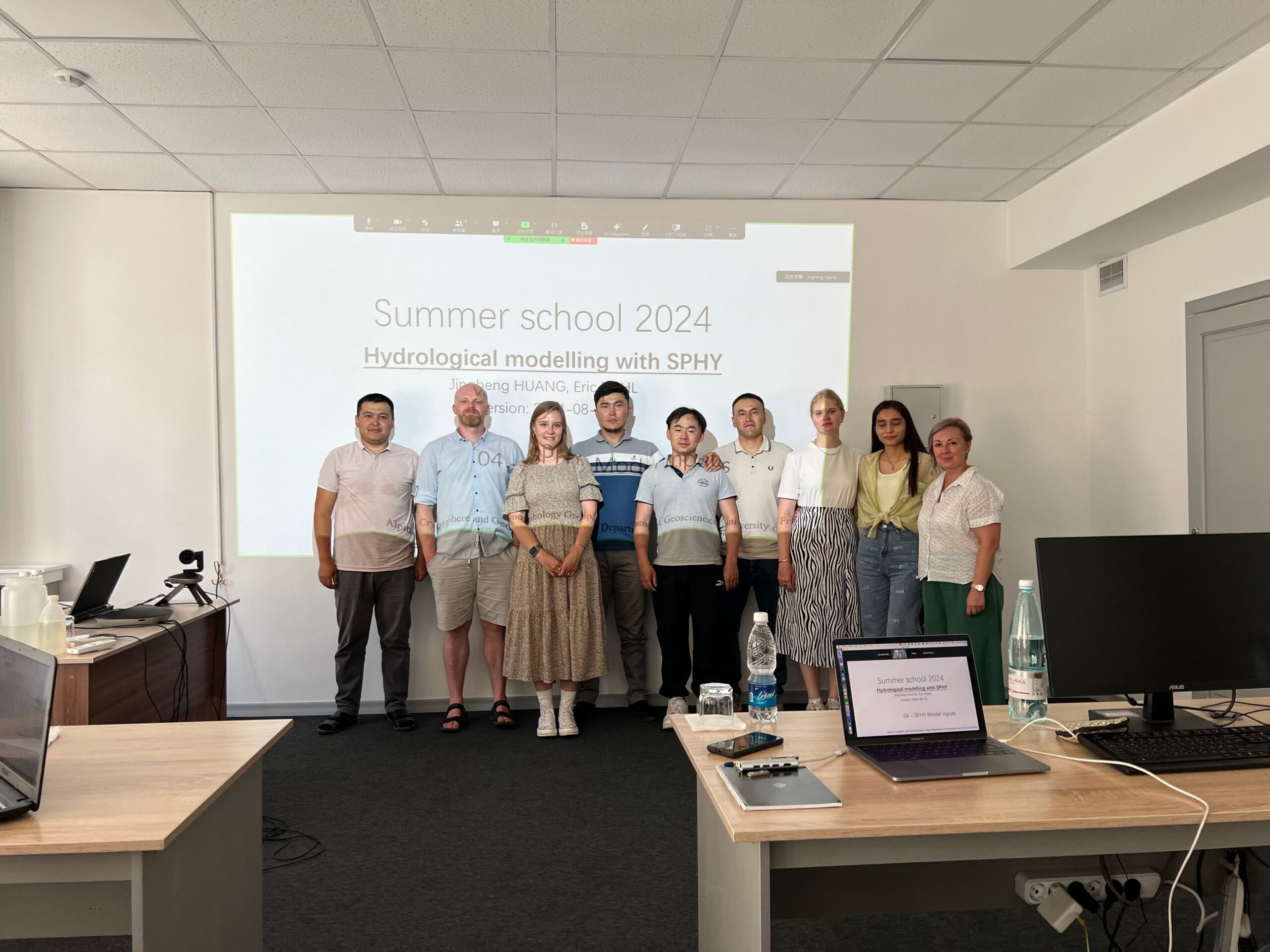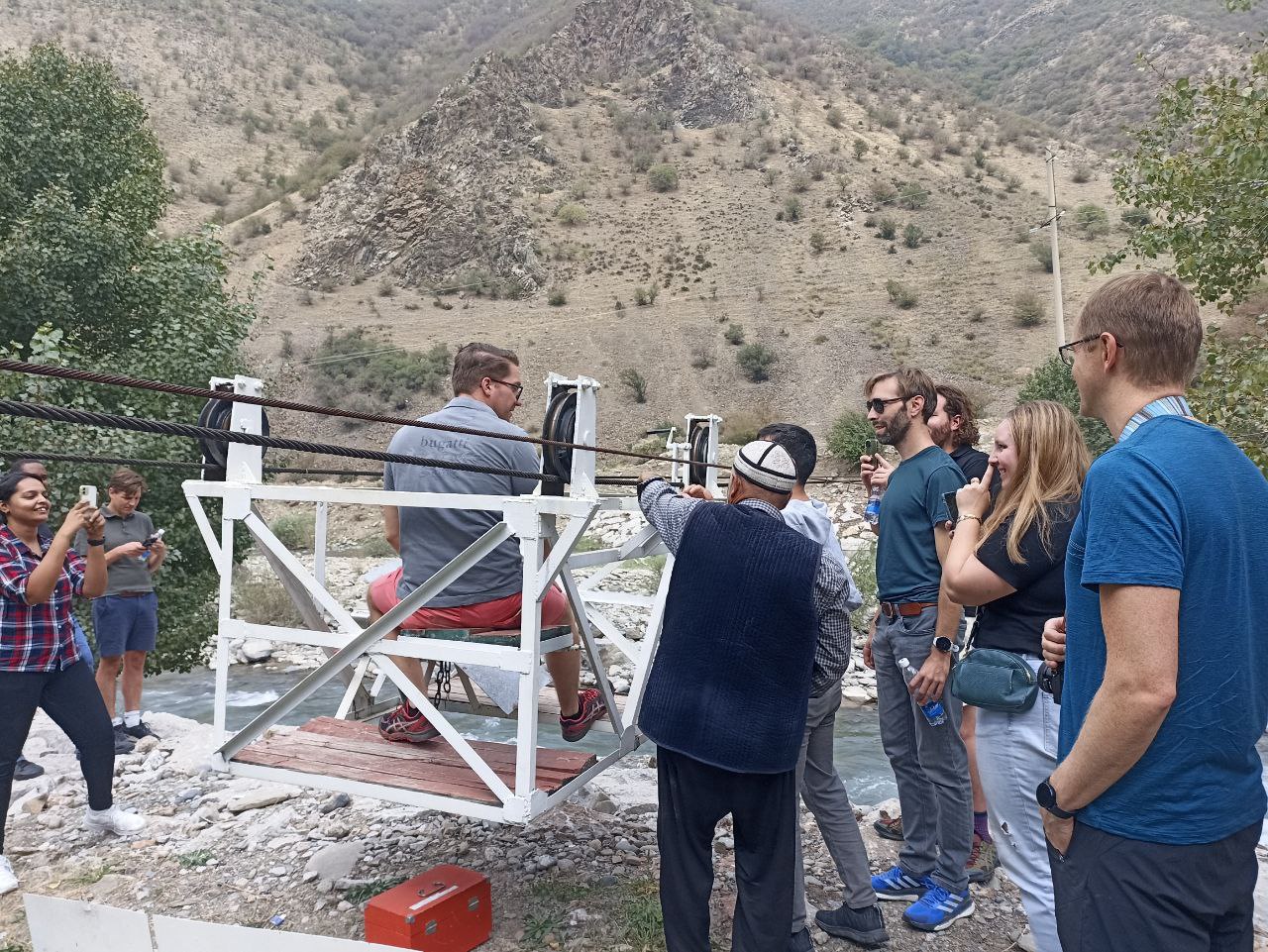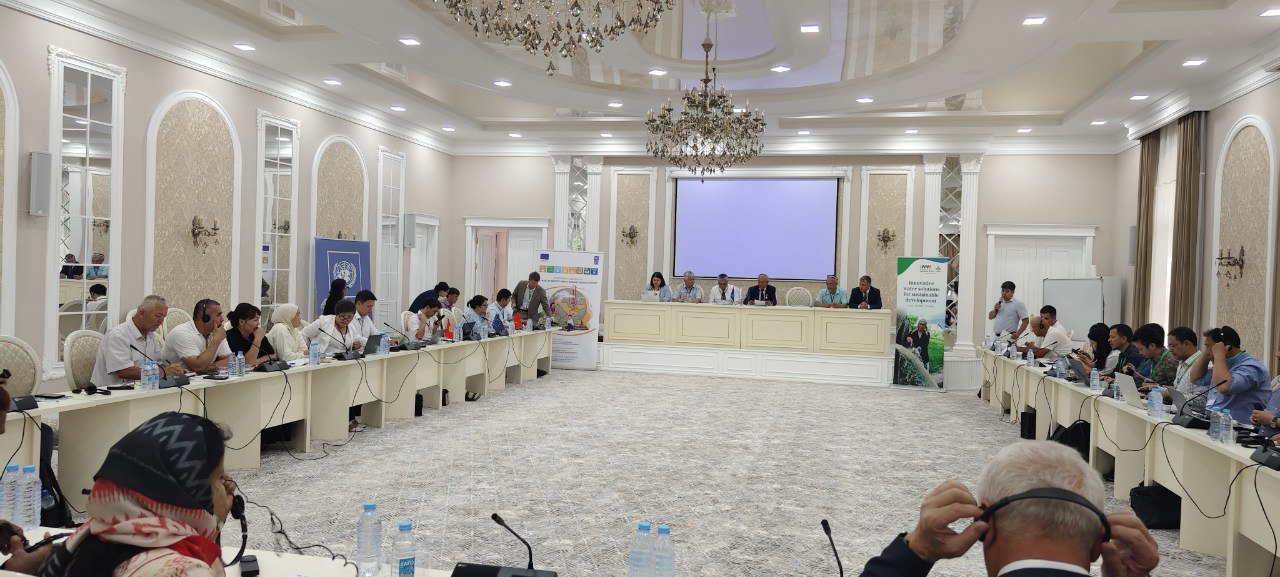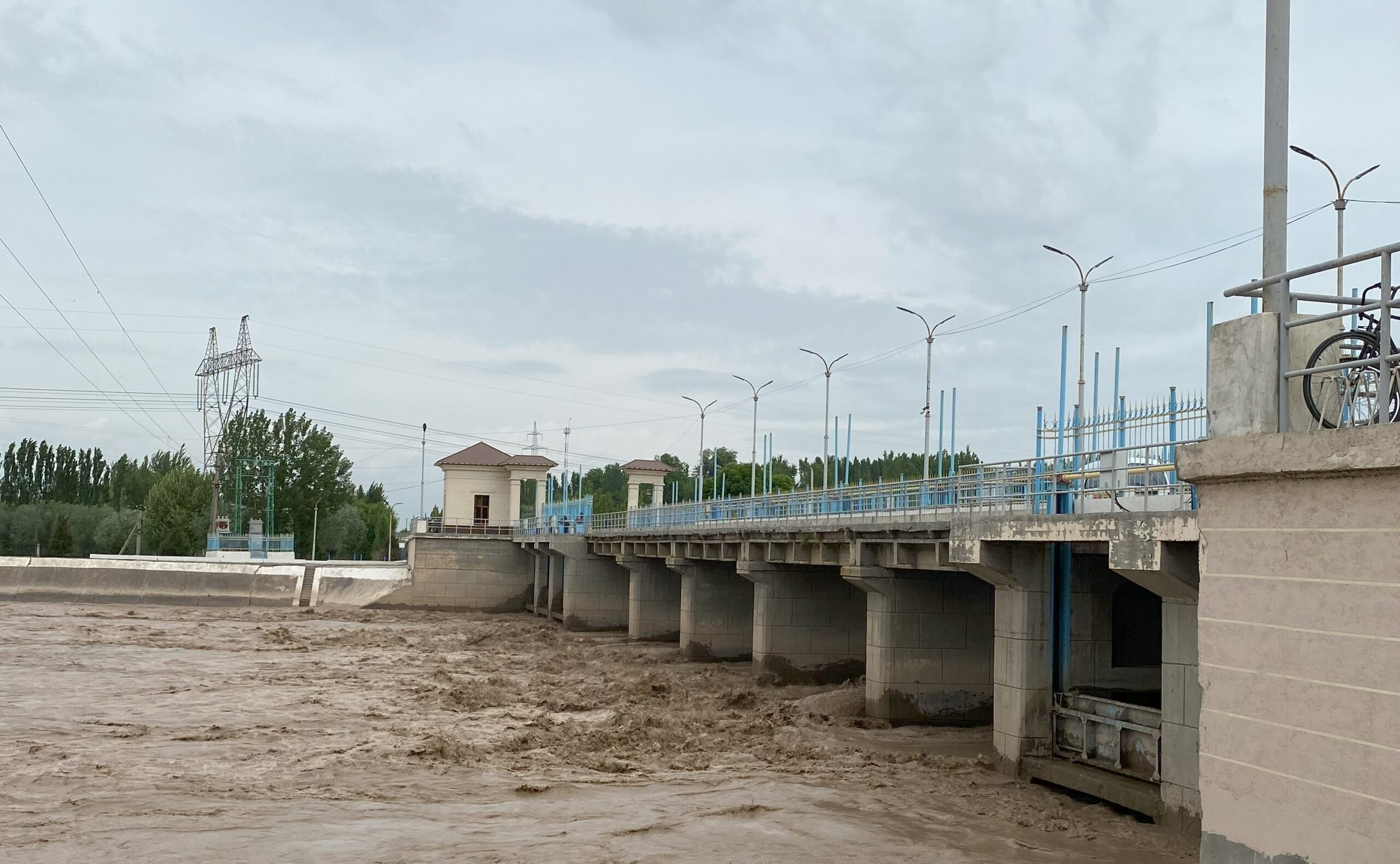Water is life, but for millions around the world, access to clean and reliable water is becoming a struggle. In Europe, nearly two-thirds of surface waters are in poor ecological condition, putting ecosystems, economies, and communities at risk. This crisis extends beyond Europe’s borders, with shared water resources often caught in the middle of competing demands, environmental degradation, and climate change.
According to the EEA’s recent report, (Europe’s state of water 2024), Europe is facing growing challenges with its water resources, putting both current and future water supplies at risk. It’s more important than ever to find ways to protect and manage freshwater effectively, ensuring enough clean water for people and nature.
Water stress is already a reality in Europe, impacting 20% of its land area and 30% of its population each year. With climate change, these numbers are expected to grow, making the challenge even more urgent.
The European Union recognizes the growing challenges related to water management and is taking significant steps to address them. Under the 2021-2027 Cohesion Policy, the EU has allocated more than €16.9 billion to tackle these issues.
Projects like RETOUCH NEXUS, TRANSCEND, and WE-ACT, funded by the European Union, are bringing this vision to life. While WE-ACT focuses on transboundary collaboration in Central Asia’s Syr Darya Basin, RETOUCH NEXUS and TRANSCEND address Europe’s water challenges, creating governance frameworks that integrate ecological health, social needs, and economic realities. Together, these EU-funded projects are building on the EU’s Water Framework Directive, which seeks to restore and preserve the quality of Europe’s water, and they contribute to the European Green Deal’s vision of a climate-resilient future.
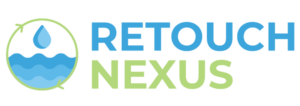
RETOUCH NEXUS
The project aims at introducing and promoting the Water-Energy-Food-Ecosystems (WEFE) Nexus as a multi-level and cross-sectoral approach that supports the EU water economy and relies on ecological and social considerations.

TRANSCEND
The TRANSCEND project addresses water scarcity by developing resilient, equitable policies for sustainable water management. It will create an ecosystem of innovation, including a stakeholder knowledge network, advanced socio-ecological modeling tools for policy design, and a system for monitoring and enforcing these policies.

RETOUCH NEXUS
The project aims at introducing and promoting the Water-Energy-Food-Ecosystems (WEFE) Nexus as a multi-level and cross-sectoral approach that supports the EU water economy and relies on ecological and social considerations.

TRANSCEND
The TRANSCEND project addresses water scarcity by developing resilient, equitable policies for sustainable water management. It will create an ecosystem of innovation, including a stakeholder knowledge network, advanced socio-ecological modeling tools for policy design, and a system for monitoring and enforcing these policies.

RETOUCH NEXUS
The project aims at introducing and promoting the Water-Energy-Food-Ecosystems (WEFE) Nexus as a multi-level and cross-sectoral approach that supports the EU water economy and relies on ecological and social considerations.

TRANSCEND
The TRANSCEND project addresses water scarcity by developing resilient, equitable policies for sustainable water management. It will create an ecosystem of innovation, including a stakeholder knowledge network, advanced socio-ecological modeling tools for policy design, and a system for monitoring and enforcing these policies.
Joining Hands for Smarter Water Solutions with WE-ACT, RETOUCH NEXUS and TRANSCEND
The water-centric projects all involve adaptation (& transformation) strategies and measures to a changing demand and availability of water resources under a changing climate. However, all projects have in common that they try to go beyond traditional climate impact assessments under static scenarios that usually focus on physical variables of the hydrological cycle under often-natural conditions. In fact, emphasis is put on complex mechanisms and feedbacks that comprise economical & societal aspects and thus offer a human-centric approach and perspective. This is underlined through active stakeholder involvement processes in all projects. While TRANSCEND & RETOUCH include a diverse set of case studies across different countries, stakeholder engagement itself is diverse in nature to address & tackle local or individual requirements. These projects try to engage stakeholder to exchange and share experiences and approaches across different case studies or living labs. Besides, TRANSCEND plans bigger stakeholder events which also serves as a platform for parties of the WE-ACT and Retouch, which can leverage the learnings and outcomes of stakeholders and decision makers. WE-ACT, in contrast, working with one Central Asian transboundary example can benefit in experiencing how different examples within the two other projects approach the adaptation to climate change as a whole, but very specifically to sustainable and fair water allocation. Bringing stakeholders or partners from Central Asia directly in touch with experts or other stakeholders from the other projects could increase the awareness on solutions for transboundary water allocation and promote capacity building. Apart, all projects do not try to raise awareness, but promote the direct involvement of stakeholders in both, the design of scenarios of water resources management (e.g. under different projections of climate change) as well as the development of solutions or strategies for adaptation.
Modeling as a further key component of all projects, thus aims to foster the consideration of the outcomes of the stakeholder engagement activities directly in the modeling schemes. This should ensure a (horizontal) exchange that best covers the actual needs of society as a whole and avoids modeling suits that are often very scientifically oriented and far from actual stakeholder needs. Nevertheless, there is huge potential to collaborate & exchange between the modeling groups of the projects. Modelers focusing on water availability or water demands can give input to specific cases and guide each other if needed. Besides, as modeling is often paved with stones, cross-project collaboration allows the scientific network of an individual to be increased significantly and gives opportunities to be discovered that complement each other’s weaknesses. Model-specific examples took already place between the water availability modelers from WE-ACT with the modelers of the Upper Main Case Study (Retouch), Jucar Case Study (Retouch & TRANSCEND), the Orontes (Transcend) as well as the Caplina-Mauri-Desaguadero Case Study (Transcend). This can lead to significant improvements in model outcomes.
Transcend and Retouch could further benefit from insights into WE-ACTs field campaign that take a central role in the project as it aims to directly provide hydrometeorological data to the corresponding hydrometeorological bodies of the countries and in best case to promote open-access and data sharing. Vice versa, although the value of water from a financial perspective is part of WE-ACT, the monetary aspect in the development of governance strategies or the implementation of adaptation measures is likely less pronounced compared to Transcend and Retouch, whose feedback could therefore give valuable input to WE-ACT from the economical perspective. Moreover, Transcend is the only project that directly sheds light on (deep) uncertainty to which all projects, solutions or strategies are subject to. While everybody is aware of the intrinsic uncertainties present in climate projections, modeling in general and thus also the subsequent development of adaptation strategies under these uncertain assumptions, only TRANSCEND tackles the topic as a major component in the project. However, the overlap of uncertainties among the projects is huge and approaches to consider those, e.g. in establishing water allocation strategies, can be transferable from one case study to another.
Laying the Groundwork for Collaboration
Establishing collaboration among WE-ACT, RETOUCH NEXUS, and TRANSCEND begins with simple yet effective steps, such as inviting coordinators to attend each other’s General Assemblies. This ensures regular exchange at the leadership level. Research stays, like the upcoming visit of the WE-ACT coordinator to Salamanca to engage with the TRANSCEND team, foster collaboration, knowledge sharing, and progress in modeling and stakeholder activities.
Stakeholder events should integrate participants from all projects to allow external input and feedback. While in-person meetings may be challenging, online events on diverse topics, such as transboundary water governance, hydrological and economic modeling, or addressing uncertainties, can ensure productive collaboration. Regular exchanges, both online and offline, are key to building synergy. Projects could also explore joint publications or a mutual book to emphasize shared outcomes and diverse perspectives, while co-supervision of students and PhDs can strengthen long-term research connections.
Challenges include limited travel budgets, which may restrict participation in mutual activities, and varying levels of partner willingness to collaborate. Some partners may view cross-project exchanges as additional work rather than an opportunity, highlighting the need for clear roadmaps and ensuring events add value without being overly burdensome.
Shaping Tomorrow Together to Create Lasting Impact
A subjective long-term view, putting on the research glasses, lies in joint publications, visiting each other for research exchanges, but mainly in developing new project ideas that might get funded. The cooperation has the potential to foster out-of-the-box thinking, which is the key for new projects that cope with the challenges we are facing in the upcoming decades. An important part of this collaboration involves exchanges among PhD students, which foster academic growth, strengthen research capabilities, and build connections between the projects.
Creativity plays a key role, the collaboration should promote getting new perspectives and insights to each other’s work to avoid repetition and doing the same things over and over again. Another climate impact assessment not considering humans at all might not be what people need in the future. To establish long-term collaboration, exchanges should already include and thoughts on times after the projects to be a step ahead. While scientifically long-term collaborations might be possible in a relatively easy way, it is much more challenging to let the broader community and the individual stakeholders of each project benefit from the work. A common problem of research problems is piece-work, e.g. the 150th DSS in region X with great capabilities that will disappear into the drawer and gather dust after the end of the project due to a lack of follow-up financing and insufficient capacity building measures throughout the projects. A topic that might get special attention in the collaboration, e.g. the WE-ACT coordination team currently tries to establish a steering committee with the Ministry of Water Resources and Agriculture in Kyrgyzstan, which sets sustainable and non-repetitive work as the ultimate goal for all water-related activities in the region. Experiences that might be elementary to share. It is central to learn from each other how to guarantee sustainable work after the project lifetime for the stakeholders and community. The three projects, with their diverse and large number of individual cases, can offer a great pool of examples. Thus, it is also essential to include selected stakeholders in exchanges across the projects and to provide them a platform rather than only the own scientific experts. Sustainable project work at stakeholder level only works if self-interest, initiative, and incentives to continue working on things can be established, which should be a major goal. The collaboration between the projects can be a platform to share knowledge of different examples that have different conditions on how to improve acceptance of our solutions.
Additionally, communication and dissemination teams are working on collaborative activities that go beyond promoting project solutions. These efforts aim to support gender equality, enhance public understanding of water challenges, and encourage broader engagement with the critical issues the projects address.

Timo Schaffhauser
Technical University of Munich
Chair of Hydrology and River Basin Management

